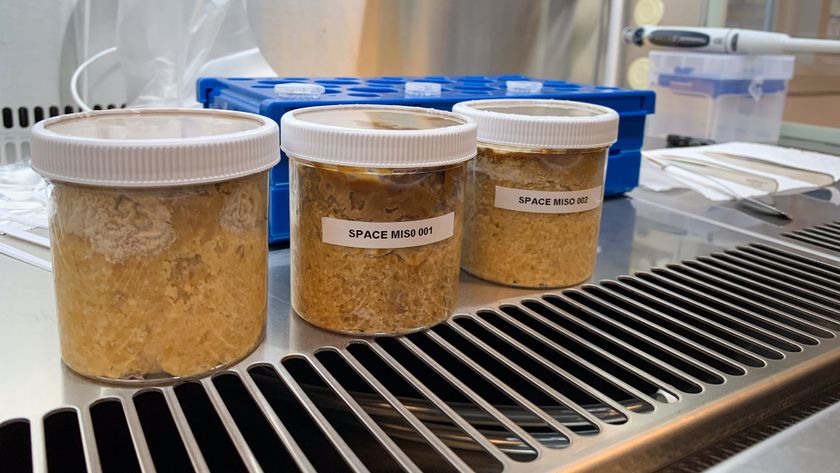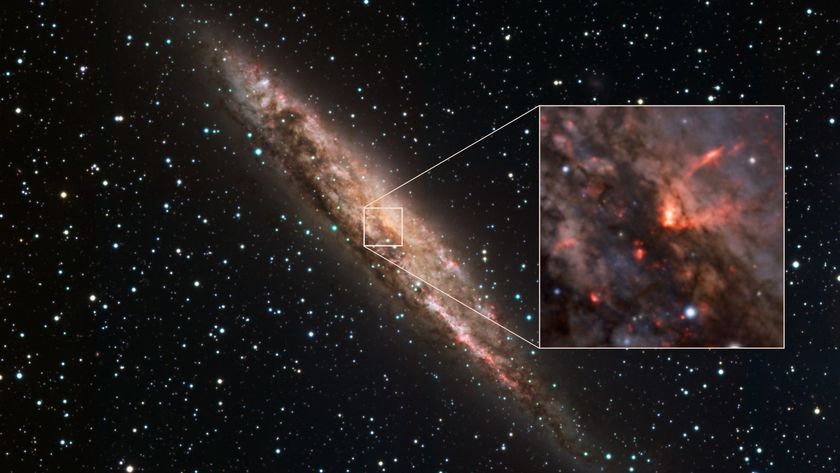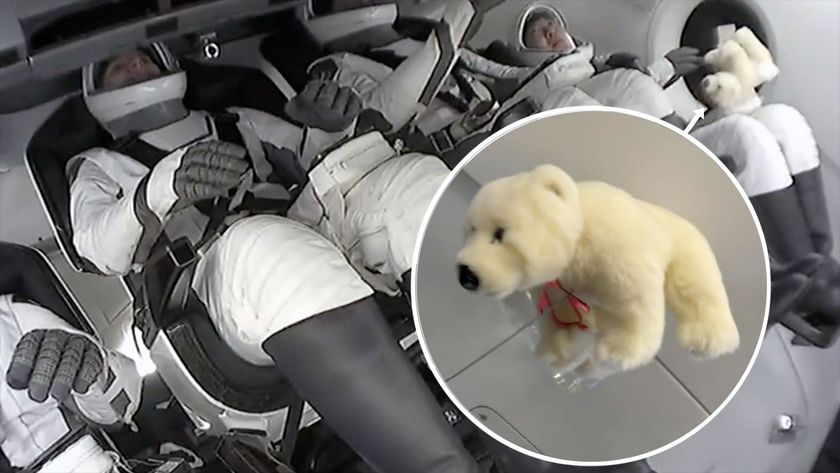Film Review - 'The Invasion' Invades the Multiplex

Bad newsfor the NASA Administrator ? the Space Shuttle has blown up again. But thistime the cause is not foam-fretted tiles, it's alienhitch-hikers. That's right: aggressive extraterrestrials have bummed a rocketride to Earth to take over our planet. It's a familiar theme, indeed, butthere's a silver lining to this interstellar cloud: the invaders are doing itfor your own good.
After yearsof enduring war intended to bring the delights of democracy to Iraq, it shouldn't shock and awe you that Hollywood has concocted ananalogous tale in which extraterrestrialbeings traverse the seas of space to save us from "war, poverty, andrape." Their efforts unreel at your local multiplex as "TheInvasion," a lumpy broth boiled up from "Invasion of the BodySnatchers," "Night of the Living Dead," and a few other familiarcinematic carcasses.
The film'sdramatic beginning is tantalizingly macabre. The aliens ? intelligent, and yetsmaller than a breadbox ? engineer their arrival by somehow glomming onto theoutside of the Shuttle, thusprovoking an explosion that sends shards of expensive taxpayer hardware toEarth in a two-thousand-mile long spray of infectious debris. It quicklybecomes apparent that, despite access to about a million terrestrial species,there's only one species that these microscopic meaniesfrom space intend to sicken: namely, us. That probably doesn't surprise youeither.
Oncelanded, the virulent space invaders set about remaking humanity. The good newsis that they're not here to kill us. The bad news is that they want to improveus. On the basis of some genuinely hokey molecular biology, the aliensreprogram our DNA, thereby turning us all into worker bees in a peaceable hiveculture. Externally, everyone looks the same, but emotions are out and groupthink is in. No one sweats, no one smiles, and no one has any spring in theirstep.
Withoutgetting into spoilers, suffice it to say that the process of transformation ?which only takes a day or so ? is yucky enough to make you yearn for Ebola.First you become infected (this usually happens when someone vomits in yourface, a messy mode of reproduction that, thankfully, few higher species on thisplanet have adopted). Once exposed, and after you fall asleep, the aliens worktheir bioengineering magic, and your body becomes covered in a slimy glaze,reminiscent of wet doughnuts. This is referred to as "cellularcondensation" (there's a fair amount of bonkers techno-babble in thisfilm, so it's mumbled quickly to avoid colliding with any expertise thataudience members might have). After a few hours of looking like a Krispy-Kreme, the doughnut complexion fades, and you becomea zombie, with less emotional range than Spock or Data. Fromglaze to daze.
It's notpretty, but at least it's quick. After enough alien infections have taken hold,a strange thing happens: the world becomes tranquil. The Iraq war ends, President Bush and Hugo Chavezembrace, Darfur cools, and Americaadopts universal health care. Well forget that lastbit: all the top medicos are working on beating the alien virus. Who has timeto worry about heart disease when "Daddy is no longer Daddy."
So thealiens have brought peace. But at what price?
Get the Space.com Newsletter
Breaking space news, the latest updates on rocket launches, skywatching events and more!
As it turnsout, that's not terribly important in the context of this film. In fact,"The Invasion" is not about how to save humanity from a bad lot ofalien pond scum, but rather how to save ever-so-cute Nicole Kidman and herbucktoothed spawn. The rest of the planet is only an afterthought.
Nonetheless,somewhere deep in its dramatic folds, this film has a seed of possible truth.Should we worry about disease from space? Well, any malignant microbes at thealtitude at which the Space Shuttle flies would float to Earth in months orless. And since they haven't, that's hardly a concern. Butwhat about meteors from distant worlds ? possibly even from other star systems?
Someproponents of the idea known as panspermia argue thatlife is indeed spreading throughout the Galaxy via errant rocks. But theevidence for space infection has, at least so far, failed to convince themajority of astrobiologists. Recent research byscientists such as Rocco Mancinelli at the SETI Institute implies that, whilemicroscopic life could survive a joyride from planet to planet within the solarsystem, the million-year trip from another star would ? thanks to the damagingeffects of radiation ? sterilize even the hardiest biology.
All ofwhich means that if you really want universal health care, you'd better notcount on the aliens to wave their molecular wand and make it so.
- Top 10 Alien Abduction Movies of All Time!
- VOTE: The Best Space Movies
- Film Review ? 'In the Shadow of the Moon'
Join our Space Forums to keep talking space on the latest missions, night sky and more! And if you have a news tip, correction or comment, let us know at: community@space.com.

Seth Shostak is an astronomer at the SETI (Search for Extraterrestrial Intelligence) Institute in Mountain View, California, who places a high priority on communicating science to the public. In addition to his many academic papers, Seth has published hundreds of popular science articles, and not just for Space.com; he makes regular contributions to NBC News MACH, for example. Seth has also co-authored a college textbook on astrobiology and written three popular science books on SETI, including "Confessions of an Alien Hunter" (National Geographic, 2009). In addition, Seth ahosts the SETI Institute's weekly radio show, "Big Picture Science."











